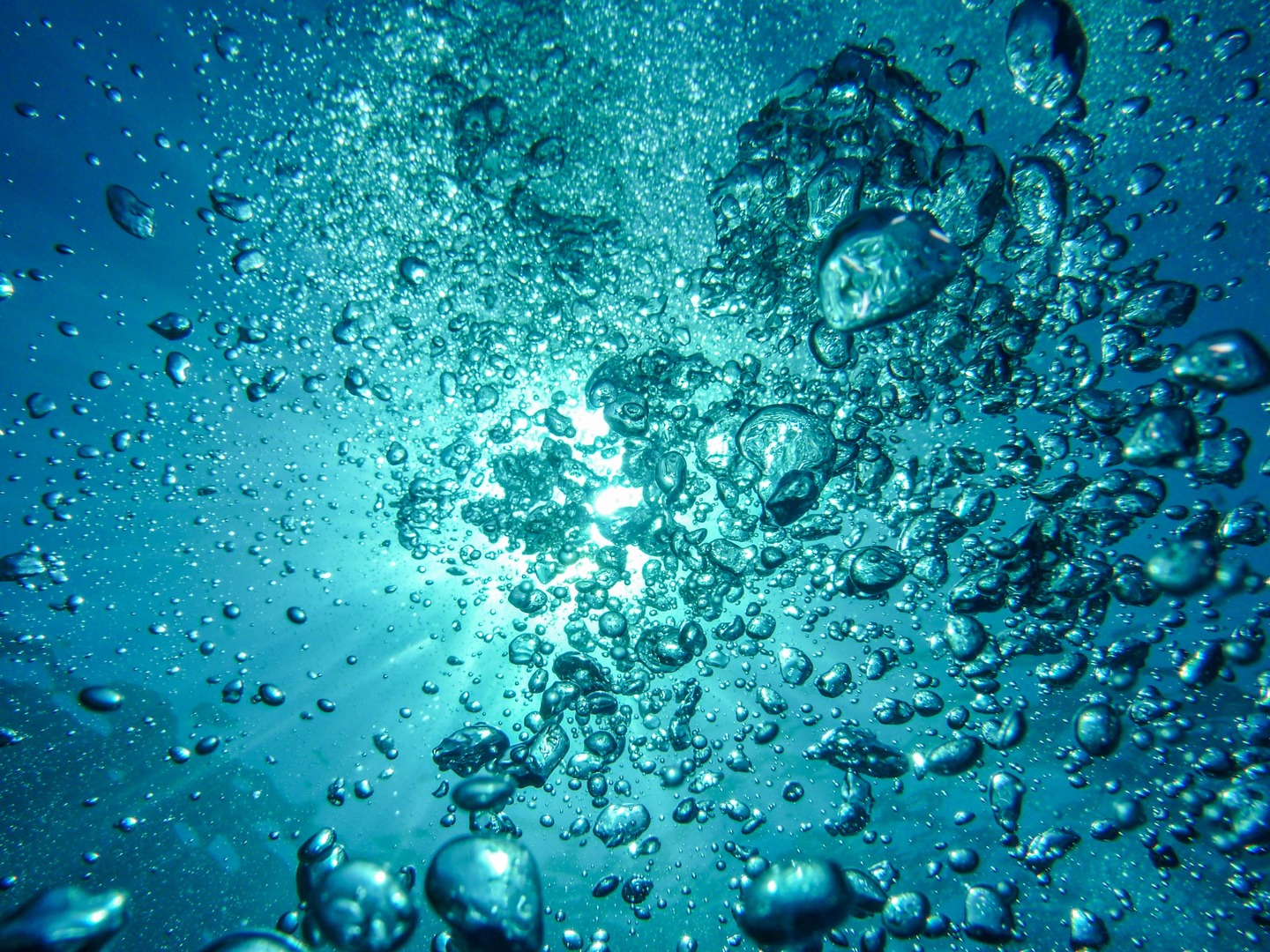Now We Finally Know Why Water Is So Different From Other Liquids
science·@scisteem·
0.000 HBDNow We Finally Know Why Water Is So Different From Other Liquids
***Maybe you don’t even realize it but water is actually quite unique. It behaves in ways no other liquid does. Scientists now found that it is because of the way its molecules are arranged.***  **Source: [pxhere.com](https://pxhere.com/en/photo/1000155** One of the most interesting aspects of water is its unusual density. For most materials the theorem “the colder the denser” fits. But water reaches its maximum density at roughly 4 degrees Celsius. If you go colder the density lower. This is the reason why ice is less dense than water and floats in it. Water also has really high surface tension. When it comes to liquids, the only one with a higher surface tension is mercury. There also the fact that it has a surprisingly high boiling temperature and many chemicals dissolve in it as well. > "With this procedure, we have found that what makes water behave anomalously is the presence of a particular arrangement of the water’s molecules, such as the tetrahedral arrangement, where a water molecule is hydrogen-bonded to four molecules located on the vertices of a tetrahedron. * Dr. John Russo At room temperature (or in ice form) water has a tetrahedral molecule arrangement. This means that each water molecule is connected to four other molecules and together they form sort of a pyramid. Experts from the University of Bristol in collaboration with experts from the University of Tokyo tried a bit of computer modeling to alter the pyramid structure. The results show the anomalous attributes of water are directly caused by its molecular structure. "Four of such tetrahedral arrangements can organise themselves in such a way that they share a common water molecule at the centre without overlapping.” said Russo. **Sources:** * http://www.bristol.ac.uk/news/2018/march/behaviour-of-water.html * http://www.pnas.org/content/early/2018/03/22/1722339115
👍 scisteem, kralizec, radostin04, roy2016, surrenderall, btcvenom, alexs1320, m1r0, shirothezero, ahmed87, baah, nordal, lovemetouchme2, kyupakbapovakp, icepack, steemtrail, trail, rossco99, boatymcboatface, pheonike, nenad-ristic, hipster, instructor2121, anotherjoe, serejandmyself, aksinya, grisha-danunaher, steemaccess, yadamaniart, triddin, internutter, kostaslou, thecrazygm, sinned, sasha.shade, dreamien, myday, gamerveda, khairulfahmi92, berkah, theshell, sgtechservices, bitcoiner, benjamin.still, jennswall, dylanhobalart, astral, geggi632, baerdric, technovedanta, hammaraxx, ilovebatcatstew, poetry-trail, heikomahr, dracosalieri, stuntworks, krishnan, littlehelper, swaminemo, phenom, charlieshrem, ebryans, nrajesh, cryptowarrior88, tygergamer, dollarvigilante, barrycooper, syarif5, mrs.agsexplorer, psygambler, nomadnessie, greenstar, cryptohustler, davetromp, charleeboy, bue, akouta,